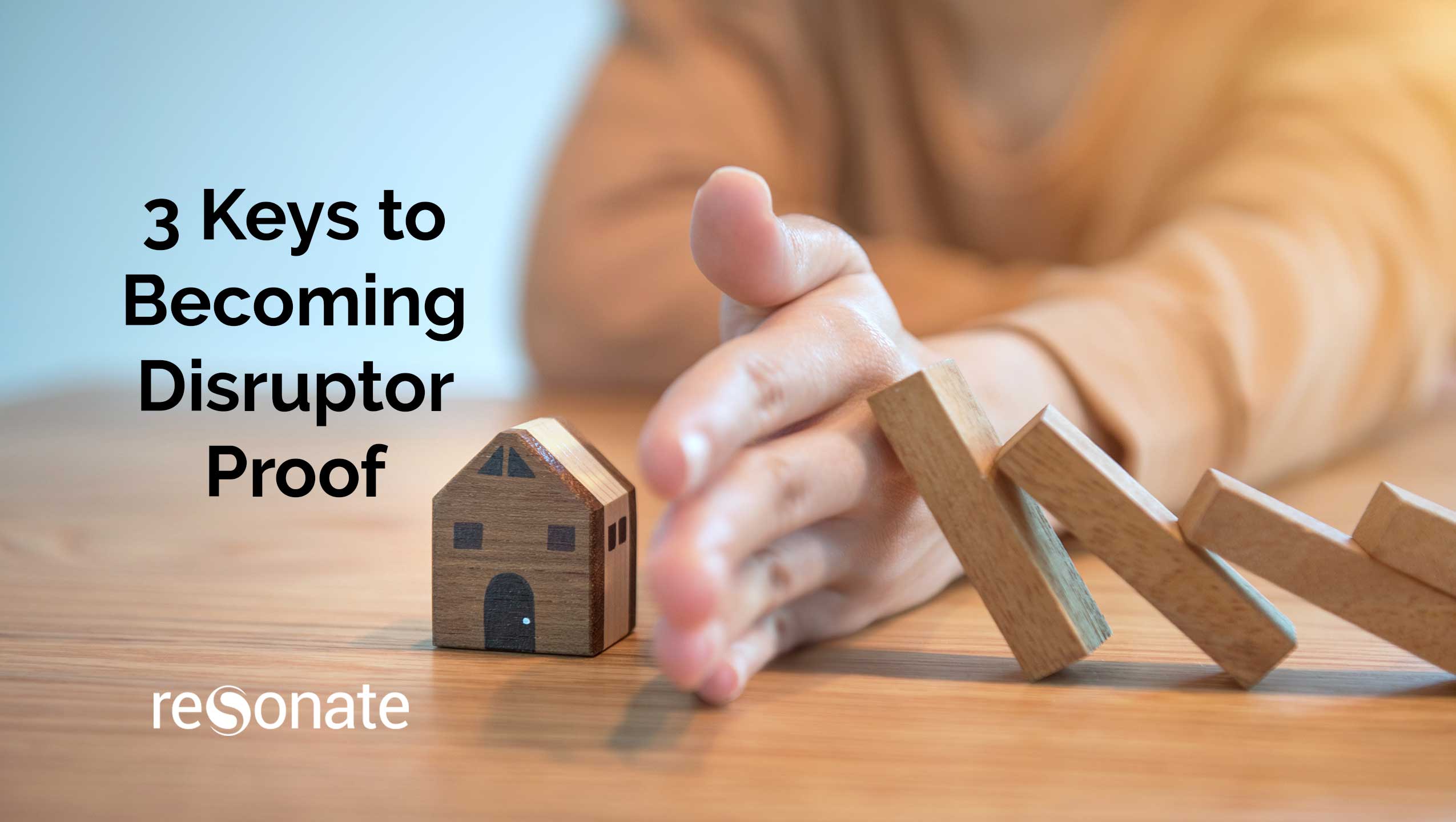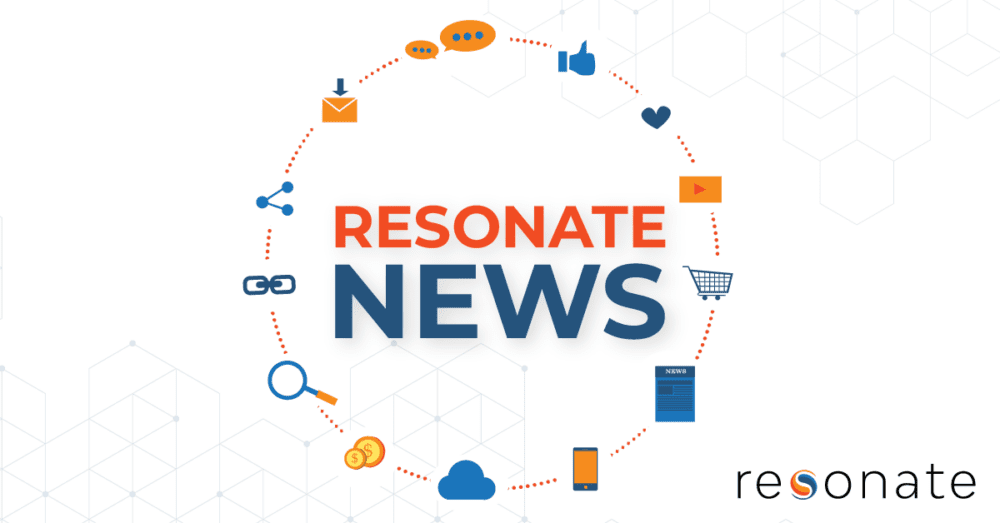Disruption has transformed the corporate landscape in every industry today. As technology has reduced the barriers to entry in established markets, disruptors have started solving consumers’ old problems in completely new ways. In doing so, disruptors have dramatically changed consumer expectations of brands.
The business models of disruption vary greatly, whether it’s Uber and Lyft tapping into the gig economy to transform transportation or Leesa and Casper leveraging an online-only, direct-to-consumer approach to upend the mattress marketplace. But across the board, disruptors share a common trait: They employ customer-centric strategies.
Amazon made famous the notion of being obsessed with customers, but merely prioritizing customers over competitors isn’t enough to disrupt an industry—or to save a company from such disruption. Customer-centric strategies are only as powerful as the insights that fuel them. Survival in the era of disruption requires modern marketing organizations to undergo insights-driven transformations that are built around the following key principles.
Step 1: Build Your CX Strategy for Humans
Given today’s culture of disruption and the explosive growth being seen in consumer data and AI-fueled ad tech, it’s disturbingly easy for marketing executives to lose sight of the most basic truth: Audiences are comprised of humans. Companies today shouldn’t be just customer-centric. They need to be human-centric. And that means not only understanding who likes your brand, but also why they like it.
These days, it’s easier than ever to find sources of intent and interest data. Just a few short years ago, everybody talked about this data as though it were the ultimate source of truth, and many thought such data was all that was required to ensure effective advertising and guarantee conversion.
But interest and intent simply isn’t enough anymore—if it ever was. In an age of unlimited consumer choice, understanding why someone buys is the difference between being the disruptor and getting disrupted. These days, consumers expect and demand more genuine interactions, and that means tailoring products, offers and interactions according to not just what people do, but to who they are as humans.
Step 2: Align with Customer Values
To connect on a deeper level with customers, a brand must consider values on two levels: personal values and corporate values.
Personal Values. When we talk about tailoring customer experiences to who people are as humans, we’re talking about understanding their personal values. Values, after all, are the foundation for emotional reactions as well as decision-making. Marketers must understand those customers’ values and reflect them in their creative, messaging and experiences. This level of intimacy has become table stakes for brands, given what we know about consumers in the age of disruption.
The importance of personal values on buying decisions becomes particularly obvious when you consider the similarities and differences in the customer bases of companies that sell very similar products, such as Columbia Sportswear and Patagonia. An analysis of the values of these distinct groups demonstrates that while both Columbia and Patagonia buyers share the core value of stimulation and a desire to explore, Columbia customers are heavily motivated by values around leadership, while Patagonia shoppers place great value on independence. The content, messaging and creative produced by each brand should tap into the values of their customer bases, thereby creating completely distinct audiences for what are essentially the same products. This type of connection, based on a deep understanding at the human level, engenders loyalty. Furthermore, each brand strives to reflect their customers’ values in their own corporate missions, which leads us to…
Corporate Values. Companies who want to survive in the era of disruption must espouse a clear set of their own values. Why is this important? Consider:
- Consumers look beyond features and brand image. As brands get better at satisfying consumer demands on features, convenience and style, they all begin to look alike and fail to serve the fundamental human desire for uniqueness. By seeking brands that reflect their core values, consumers imbue their purchases with that missing specialness.
- Consumers have unprecedented access to once-hidden information. The internet ushered in an era of transparency that has extended to all company activities. For example, consumers can instantly catalog the potential dangers of their face creams, using the Environmental Working Group’s Skin Deep Cosmetics Database, or witness in graphic detail the online boasting by a company’s hunting enthusiast CEO around his latest big-game kills.
- Consumers use social media to drive action. Sites like Change.org and SumOfUs automate and scale mass petitions. Such platforms have rallied 300,000 signatories to petition Dunkin’ Donuts to stop using Styrofoam cups, not to mention 412,000 signatures to demand that Craigslist change its policies around listing animals for adoption.
The above trends demonstrate that corporate values matter more today than ever. And the corporations that succeed are the ones that align their own values with those of their consumers.
Step 3: Create Unbreakable Connections Across Your Ecosystem
Disruption occurs within industries when the bonds between companies and consumers are weak. Thus, the final key goal for companies looking to become disruptor-proof is to forge unbreakable bonds with consumers across their organizations. As described already, this requires a deeper understanding of the values and motivations that drive consumers. But it’s important to remember that this is a dynamic, continuous process which requires companies to operationalize that understanding across all customer touchpoints.
Deep consumer insights must be leveraged to power branding, product marketing, acquisition strategies, marketing mix, loyalty programs, web experience, customer service and retention. An insights-driven approach must be woven into the fabric of the company culture. When this occurs, data is turned into wisdom – the ability to use insights to drive powerful business outcomes. This wisdom leads to more valuable conversations, build more resonant products and deliver more compelling experiences. In the end, becoming disruptor-proof is about more than survival as a company. It’s about creating consumers who love your brands.
Ready to become disruptor-proof? Request a demo today.
This article was originally published on CMSWire on December 5, 2018.

